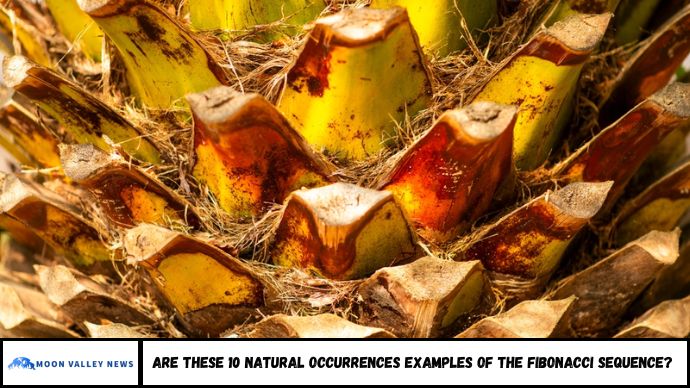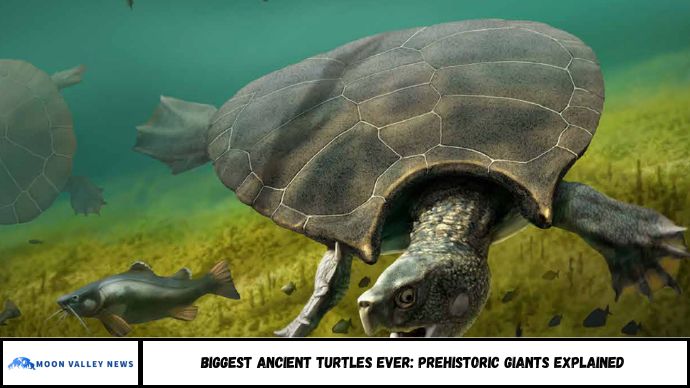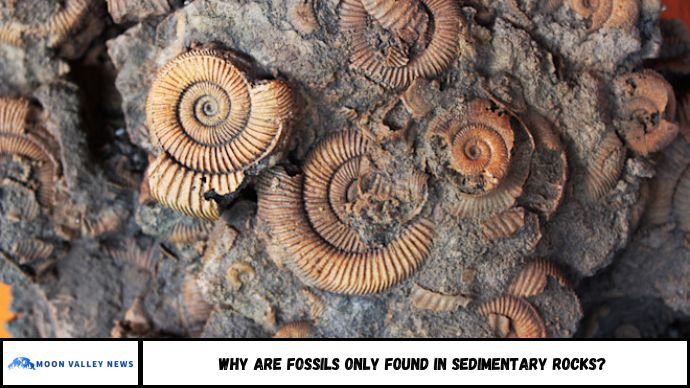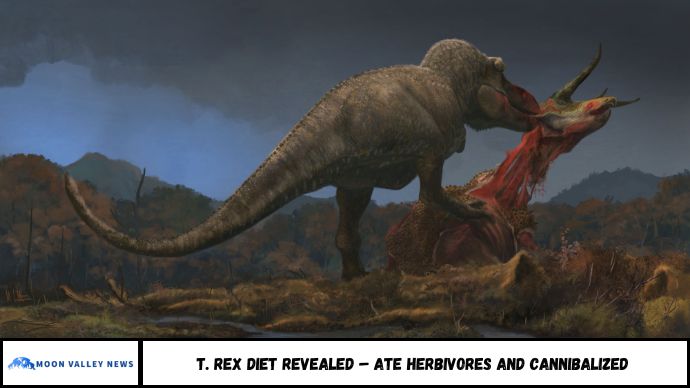The Fibonacci sequence in nature is a fascinating and mathematically significant phenomenon. From sunflower seeds to hurricanes, this pattern appears across biology, astronomy, and botany. This article explores 10 natural occurrences that might be real-life examples of the Fibonacci sequence, explaining how they relate to this iconic series and what that reveals about the world around us. Get ready to explore the stunning relationship between math and nature—with real-world examples, scientific data, and visual insight.
At first glance, nature may seem chaotic and unpredictable. But look a little closer, and an underlying order begins to emerge—patterns, sequences, and symmetry appear across everything from vast spiral galaxies to the delicate curves of a snail shell.
One of the most fascinating and frequently observed patterns is the Fibonacci sequence. You’ve probably seen it illustrated as a spiral—often laid over images of hurricanes, human ears, or nautilus shells. But how many of these are truly examples of the Fibonacci sequence occurring naturally?
Introduction: Is Nature Governed by a Mathematical Code?
Have you ever looked at a pinecone or a sunflower and noticed how perfectly everything seems arranged? That might not be a coincidence. Many scientists and mathematicians argue that the Fibonacci sequence—a series where each number is the sum of the two preceding ones (0, 1, 1, 2, 3, 5, 8…)—is embedded in nature’s design.
This article explores 10 natural occurrences that are possible examples of the Fibonacci sequence, from spiral galaxies to leaf arrangements. Along the way, we’ll break down how and why this pattern appears, what it tells us about biological efficiency, and whether these patterns are truly mathematical or merely coincidental.
What is the Fibonacci Sequence?
The Fibonacci sequence is a mathematical series:
0, 1, 1, 2, 3, 5, 8, 13, 21, 34…
It shows up in surprising ways—especially through spirals, ratios, and patterns in nature.
10 Natural Occurrences of the Fibonacci Sequence
1. Sunflower Seed Spirals
- Sunflowers often have 34 spirals clockwise and 55 counterclockwise.
- These are consecutive Fibonacci numbers.
- This arrangement maximizes seed packing for optimal growth.
2. Pinecones
- Scales on pinecones tend to spiral in Fibonacci patterns.
- Common configurations include 8 and 13 spirals.
- It helps distribute seeds and control growth.
3. Nautilus Shells (Debated)
- Often cited, but nautilus shells follow a logarithmic spiral, not an exact Fibonacci one.
- However, the proportional growth is mathematically significant.
4. Romanesque Broccoli
- This vegetable grows in a fractal pattern made up of spirals matching Fibonacci numbers.
- Each smaller floret resembles the whole.
5. Pineapple Skin
- Pineapples have overlapping spirals in 3 Fibonacci directions: often 8, 13, and 21.
6. Hurricane Spirals
- Hurricanes form logarithmic spirals that approximate the golden spiral (closely tied to Fibonacci).
7. Spiral Galaxies
- The Milky Way and other spiral galaxies appear to follow the golden spiral formed by Fibonacci ratios.
8. Tree Branching
- Some trees grow branches following Fibonacci splits: one stem gives rise to one new every season (1, 2, 3…).
9. Animal Horns and Shells
- The spiral of rams’ horns and some snail shells match Fibonacci spiral growth patterns.
10. Flower Petals
- Many flowers have Fibonacci numbers of petals:
- Lilies: 3 petals
- Buttercups: 5
- Daisies: 21 or 34
Why Does Nature Use Fibonacci?
Efficiency and Growth Optimization
- Fibonacci patterns allow optimal packing, resource distribution, and sunlight exposure.
- A 2022 study from the Journal of Mathematical Biology confirmed Fibonacci spirals maximize space efficiency in phyllotaxis (leaf arrangement).
Connection to the Golden Ratio
- The ratio between Fibonacci numbers (e.g., 13/8, 21/13) converges toward the golden ratio (~1.618).
- This ratio is aesthetically pleasing and frequently seen in art, architecture, and biology.
Debate: Coincidence or Cosmic Design?
Not all scientists agree that these occurrences are truly Fibonacci by design. Some argue:
- Spirals occur due to growth dynamics, not math.
- Some cited examples (like the nautilus shell) are logarithmic, but not strictly Fibonacci.
Still, the mathematical harmony between nature and the Fibonacci sequence remains both visually compelling and scientifically intriguing.
FAQ
1. What is the Fibonacci sequence used for in nature?
It’s often seen in growth, seed arrangement, and pattern formation for maximum efficiency.
2. Are all spiral shapes in nature based on Fibonacci?
No, some are logarithmic spirals, not exact Fibonacci patterns.
3. Do all flowers follow the Fibonacci pattern?
Not all, but many species do have petal counts that match Fibonacci numbers.
4. Is the golden ratio the same as Fibonacci?
They are related—Fibonacci ratios approximate the golden ratio over time.
5. Why do sunflowers have Fibonacci spirals?
To maximize seed packing and sunlight exposure for optimal growth.
6. Is this pattern found in humans too?
Some claim the human body reflects Fibonacci ratios, especially in facial proportions—though this is still debated.
Conclusion
Whether by design or natural law, the Fibonacci sequence pops up across the natural world. From the swirl of a galaxy to the center of a sunflower, these numbers might be more than just math—they might be a blueprint for life itself. While not every spiral or structure strictly follows Fibonacci, the prevalence of these patterns hints at a deeper harmony in nature.







